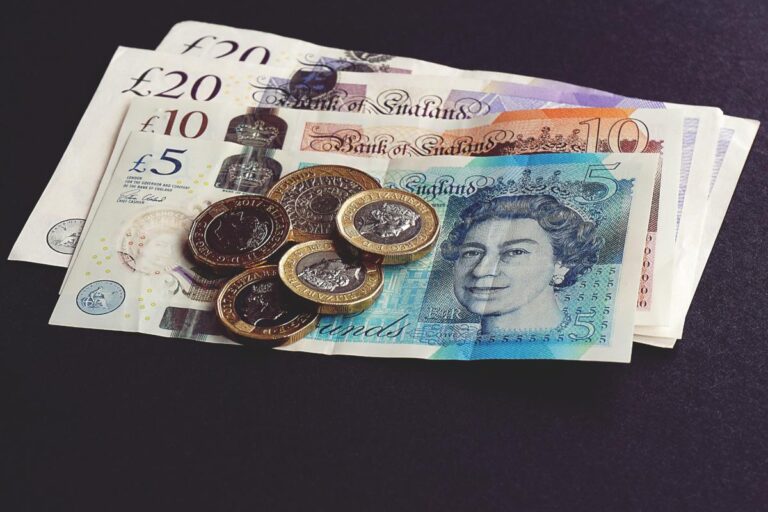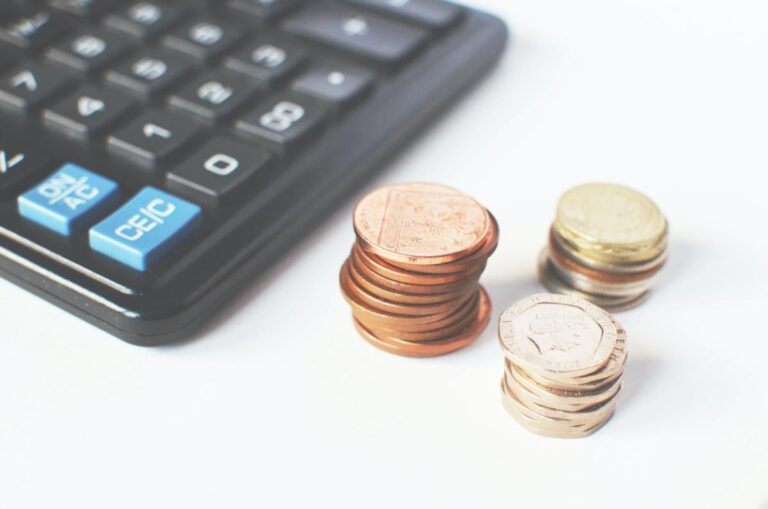How to Start an Emergency Fund
What is an Emergency Fund?
An emergency fund, otherwise known as a rainy-day fund, is savings that is set aside specifically for unexpected large expenses. Many decide not to anticipate these types of charges and are left scrambling when financial mayhem strikes. It is recommended to have 3-6 months of living expenses saved up for emergencies.
As tempting as it might it, your emergency fund should not be kept in a fixed high interest account. This is because, an emergency fun should be readily accessible when the need arises. It is advisable to keep it in a regular savings account with unlimited access.
Why you should have an emergency fund
Life is unpredictable and does not always go according to our plans. As such, an emergency fund is not for if things go wrong, but when things go wrong because they do at one point or another. Many people experience a lot of financial stress or setback when unexpected events like the loss of a job, a car breaking down, or house repairs occur.
Having an emergency fund reduces the chances of using a credit card or taking out a loan to cover the cost of an emergency. These borrowings are usually high interest debts that can lead people into a debt cycle or get them deeper into it.
An emergency fund allows for peace of mind when an unexpected financial turn of events occurs. As part of a healthy financial lifestyle, you need to be thinking and planning how to handle unexpected events before they happen. Your future self will thank you.
How to start an emergency fund in as simple as ABC
Assess your Financial Goals
Emergency funds usually cover 3-6 months of living expenses. However, some people choose to save up to 12 months of living expenses. Factors such as the stability of your income, whether you are a homeowner or renter, children and pets will all play a role in deciding how much you want to save up for your emergency.
If you have large amounts of high interest debts, it is advisable start your emergency fund with a small pot of £500 -£1000 while you focus on paying off your debts.
Budget
One of the main reasons why many people do not have an emergency fund is because they are simply unable to do so due to their spending habits and no budget. Having a budget and setting aside a small amount of money each month for an emergency fund is a place to start.
Not setting aside money due to needing to pay off debt can lead to more debt in the event of an emergency. Budgeting effectively can allow for a plan to pay off debt and still set aside money for your emergency fund.
Create a habit
Like most goals, you need consistency to succeed. We recommend budgeting and adding funds to your emergency fund as part of your budgeting routine. Some banks allow for automatic withdrawals into a savings account once it is set up as a direct debit. This is a great tool to use if it you have access to it. You can also keep your emergency fund in a cash envelope if it more practical for you to do so and stay on track with your goals.
Keep adding to the fund if it falls below your set goal to bring it back to the desired level. You can keep your emergency fund as a line item in your budget to help you keep an eye on it.
Download a copy of our free-to-you budget template to get started.





